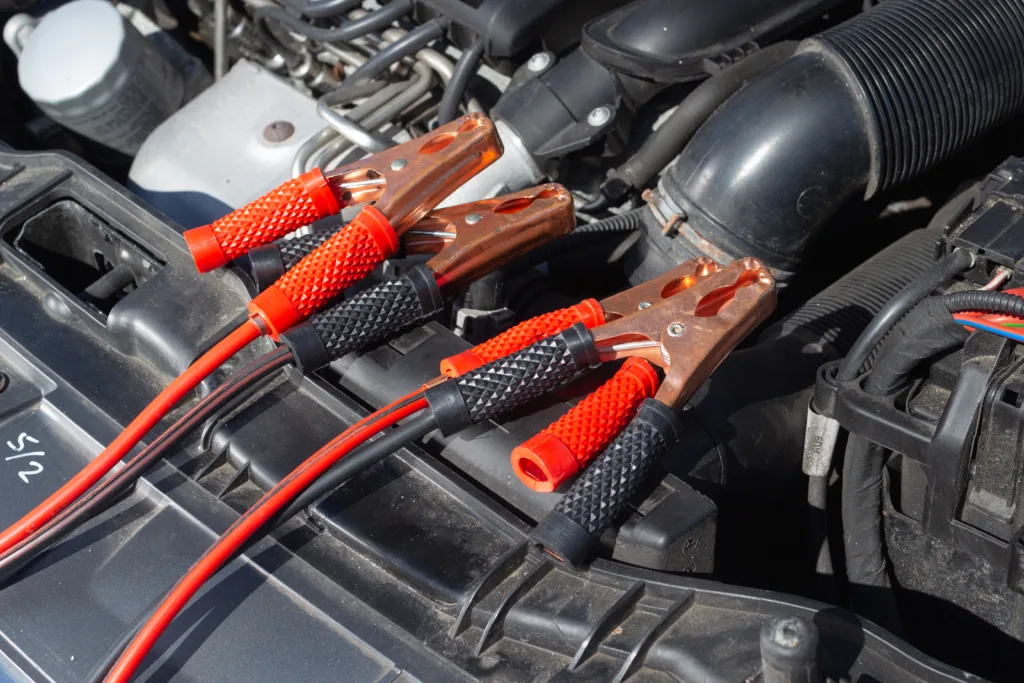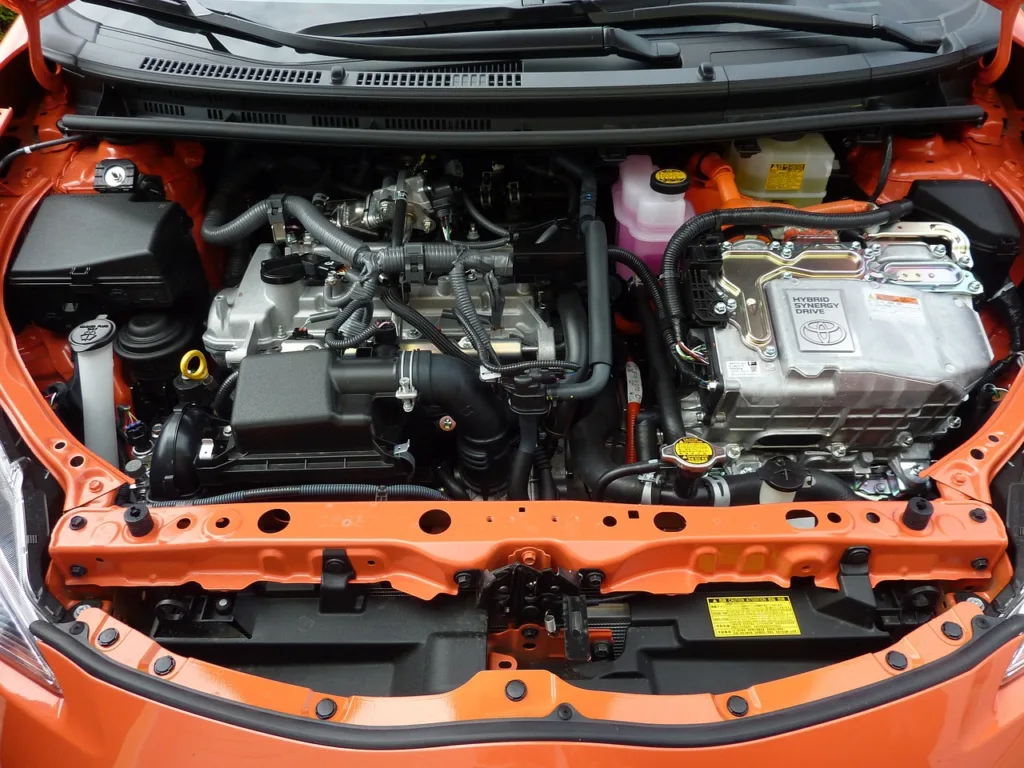Reconnecting a car battery is a simple process, but it’s important to follow the correct steps to ensure safety and prevent damage to your car. When reconnecting the battery, it’s important to start with the positive terminal and then connect the negative terminal. This is because the positive terminal has a higher potential voltage and is more likely to arc or cause a spark.
To reconnect the battery, you’ll need a wrench or pliers to remove the connectors from the terminals. Start by removing the connector from the positive terminal, wich is typically labeled with a plus sign (+). Loosen the nut or bolt that holds the connector in place and carefully lift it off the terminal.
Next, remove the connector from the negative terminal, which is typically labeled with a minus sign (-). Again, loosen the nut or bolt and lift the connector off the terminal.
Once you’ve disconnected both terminals, you can replace the battery if necessary or perform any other electrical work on your car. When you’re ready to reconnect the battery, start with the positive terminal. Place the connector back onto the terminal and tighten the nut or bolt to secure it in place. Be sure to tighten it enough so that it doesn’t move, but don’t overtighten it, as this can damage the terminal.
Next, connect the negative terminal. Place the connector back onto the terminal and tighten the nut or bolt to secure it in place. Again, be sure to tighten it enough so that it doesn’t move, but don’t overtighten it.
After you’ve reconnected the battery, it’s important to run the car for about 30 minutes to allow the alternator to fully charge the battery. This will ensure that your car starts reliably and that the battery lasts as long as possible.
In addition, when you reconnect the battery, you may find that the vehicle’s computer and radio have reset. This means that you may need to reset your radio presets and other settings. However, this is a minor inconvenience and shouldn’t cause any major issues.
Reconnecting a car battery is a simple process that requires a few basic tools and some care to ensure safety. By following the correct steps and starting with the positive terminal, you can reconnect your car battery without any issues and get back on the road with confidence.
What Happens If You Connect The Negative Terminal First?
Connecting the negative terminal first can result in a dangerous situation. When the negative cable is connected to the battery first, and then the positive cable is connected, there is a risk of sparks occurring. These sparks can ignite hydrogen gas that may be present near the battery. This can result in an explosion that can cause serious injury or even death. It is important to always connect the positive cable first and then the negative cable when jumpstarting a vehicle. This reduces the risk of sparks and makes the jumpstarting process safer.

Is It Safe To Reconnect A Car Battery?
It is safe to reconnect a car battery as long as you follow the correct procedure. When reconnecting the battery, it is important to start with the positive terminal first and then connect the negative terminal. This is to prevent any short circuits from occurring. It is also important to ensure that the battery terminals are clean and free from corrosion beore reconnecting the battery. If there is any corrosion present, it should be removed with a wire brush or a corrosion removal solution. Additionally, it is important to ensure that the battery connectors are tight and secure to prevent any electrical issues. By following these steps, you can safely reconnect your car battery without any problems.
What To Do After Reconnecting Car Battery?
After reconnecting a car battery, it is recommended to follow tese steps:
1. Check the battery terminals: Make sure that the battery terminals are tight and free from corrosion.
2. Reset the clock and other settings: After reconnecting the car battery, the clock and other settings might have been reset. Therefore, you should adjust them according to your preferences.
3. Check the radio: If your car has a radio, it might require a code to be entered after the battery has been disconnected. Check your car manual for instructions on how to do this.
4. Run the car for 30 minutes: Running the car for about 30 minutes will allow the alternator to fully charge the battery.
5. Check the warning lights: After reconnecting the car battery, check the dashboard for any warning lights. If you notice any warning lights, take the car to a mechanic to get it checked.
6. Test the battery: You can test the battery using a voltmeter to ensure that it is properly charged.
By following these steps, you can ensure that your car battery is properly reconnected and functioning correctly.
Why Do You Connect The Positive Terminal First?
Connecting the positive terminal first is a common practice to prevent arcing and fusion wile connecting a battery. The reason for this is that the positive terminal has more potential than the negative terminal. If the negative terminal is connected first, there is a chance of arcing and fusion occurring when the positive terminal is connected. This is more likely to happen in high voltage systems, where the risk of arcing and fusion is greater.
Moreover, if the negative terminal is connected first and you are touching any metal part of the car, when attaching the positive terminal, there is a possibility of arcing through you. This happens because your body becomes part of the circuit. So, it is recommended to connect the positive terminal first to avoid any potential hazards.
To summarize, connecting the positive terminal first is a safe and effective way to prevent arcing and fusion while connecting a battery, especially in high voltage systems. It also helps to avoid any potential hazards that may occur if the negative terminal is connected first.

Conclusion
When reconnecting a car battery, it is essential to follow the correct order to prevent short circuits and potential hazards. Always start by reconnecting the positive terminal first and then the negative terminal afterwards. This will reduce the chance of arcing and fusion, and ensure that your body does not becme part of the circuit. Additionally, after replacing the battery, it is recommended to run the car for approximately 30 minutes to allow the alternator to fully charge the battery. By following these simple steps, you can ensure a safe and efficient reconnection of your car battery, and avoid any potential risks or damage to your vehicle.
